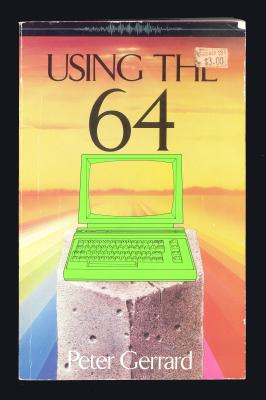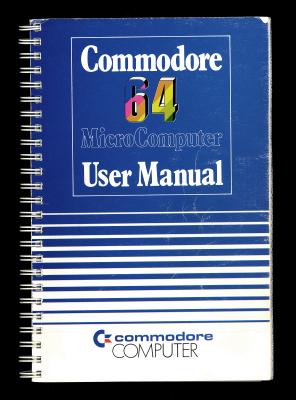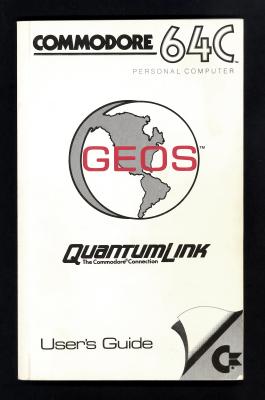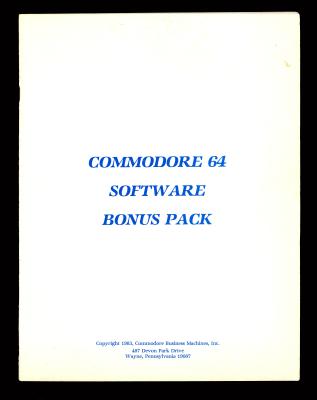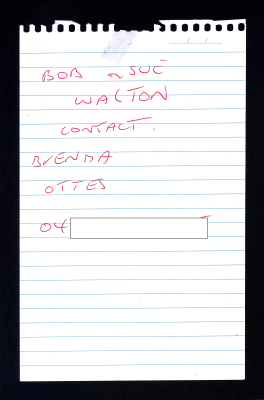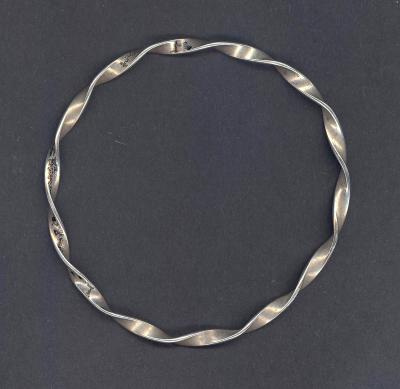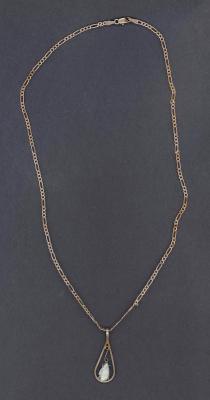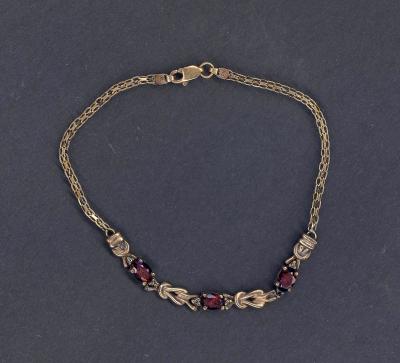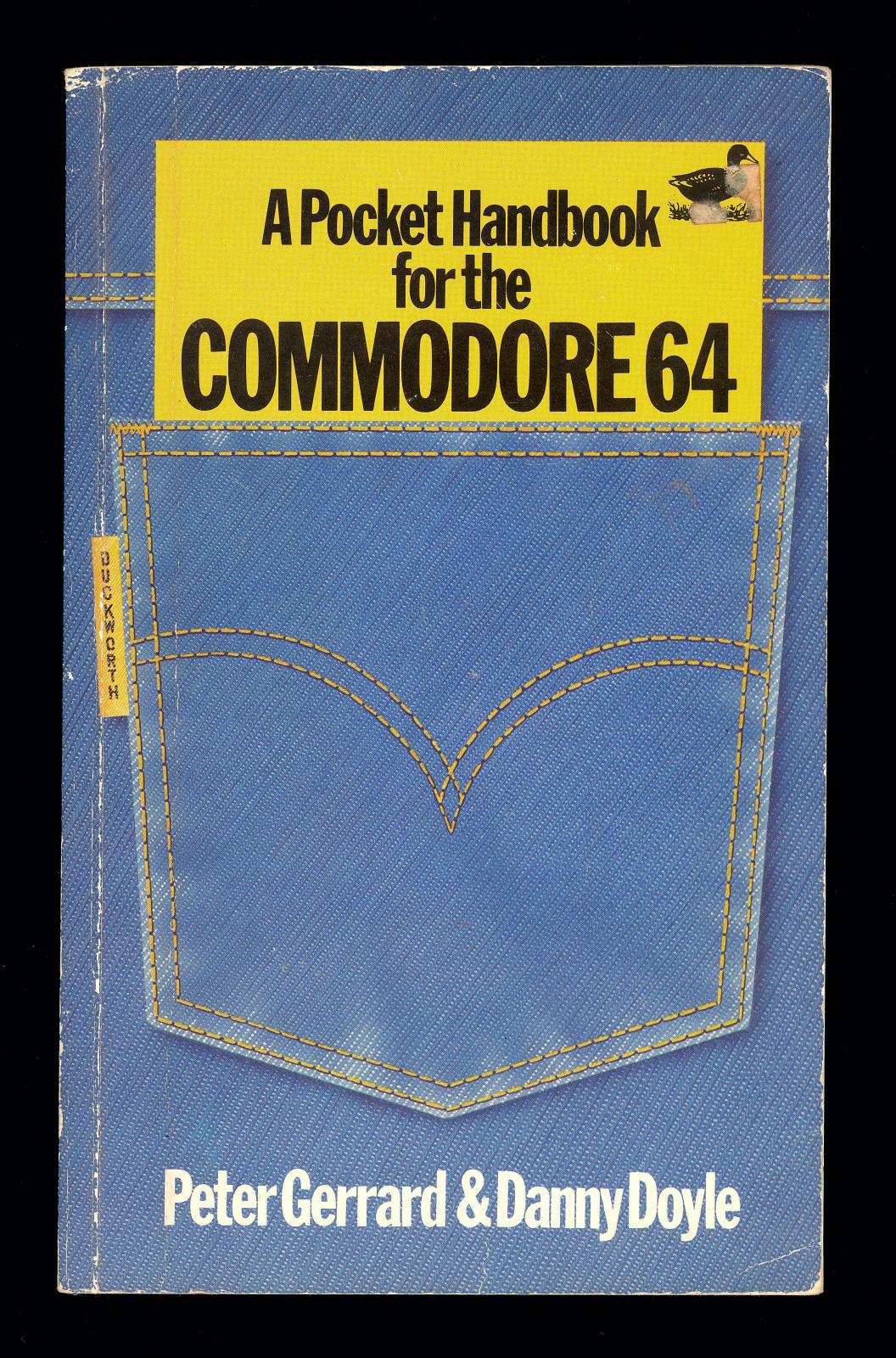POCKET HANDBOOK FOR COMMODORE 64 COMPUTER
c. 1983 - 1994A small book, with a hard cover, consisting of 95 numbered pages.
Image on the cover is the hip pocket of a pair of denim jeans with the top section of the tome visible. A duck is at the top right of the book area and below this is black text [A Pocket Handbook / for the / COMMODORE 64]. Vertically down the pocket seam is a yellow flag with the word [DUCKWORTH]. On the bottom is white text [Peter Gerrard & Danny Doyle].
The spine has white text [A Pocket Handbook for the Commodore 64 Peter Gerrard & Danny Doyle TM].
The back cover is yellow with black text [Duckworth Home Computing / A POCKET HANDBOOK FOR THE COMMODORE 64 / by Peter Gerrard & Danny Doyle] and then a description of the contents. On the bottom left is text [Duckworth / The Old Piano Factory / 43 Glouster Crescent, London NW1] and bottom right is text [ISBN 0 7156 1787 7 / IN UK ONLY £2.95 NET].
The Commodore 64, also known as C64, was a home computer introduced in January 1982 by Commodore International. The C64 name came from its 64 kilobytes of RAM. Retailing at US$595 (equivalent to $1545 USD in 2018) and selling 17 million units worldwide during its lifetime, it was listed in the Guinness Book of World Records as being the highest-selling single computer model of all time. Between 1983 and 1986, the C64 outsold its competitors' products, IBM PC Compatibles, Apple Computers, and Atari 8-bit. This was achieved through selling at regular retail stores, rather than at electronics and computer specialist stores. Aproximately 10,000 software titles were made for the C64, including office productivity applications, development tools and video games. It was discontinued in April 1994, although it remains popular in society today with collectors and computer enthusiasts. In 2018, the C64 mini 'retro' console was announced, introducing a new generation to the wonders of the C64.
Details
Details
Duckworth
This object is part of a collection that represents the types of technology that were used on a daily basis by people who lived in worked in the City of Armadale. The collection represents how technology has influenced how people lived, worked and played within the City of Armadale. The collection also is representative of how technology evolves and can become obsolete which in turn can make pastimes, jobs and skills evolve or become obsolete.
City of Armadale - History House
City of Armadale - History House
Other items from City of Armadale - History House
- COMMODORE 64 MOCRO COMPUTER USER MANUAL
- GEOS USERS GUIDE FOR THE COMMODORE 64 COMPUTER
- COMMODORE 64 COMPUTER SOFTWARE BONUS PACK
- FOLDER WITH ASSORTED GAME SHEETS FOR COMMODORE 64 COMPUTER
- TAN LEATHER HANDBAG
- HANDWRITTEN NOTE TO BOB & SUE WALTON FROM BRENDA OTTES
- CIGARETTE CASE
- NECKLACE
- BANGLE
- NECKLACE WITH OPAL IN TEARDROP
- FLYER - DONATIONS TO PERTH HILLS FIRE APPEAL
- RUBY BRACELET
